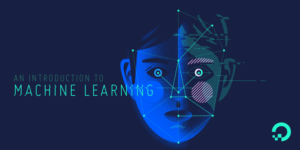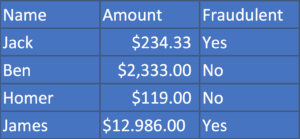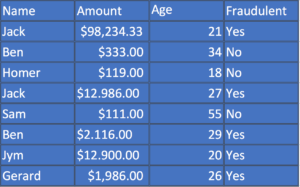
Unless you’ve been living in a cave ignoring every big tech advance in the past decade, you’ve probably heard of machine learning. Whether it’s better fraud detection and prevention, the handy online recommendations made by Netflix and Amazon, or futuristic self-driving cars, machine learning is powering the current artificial intelligence revolution. But what is it exactly? How does ML works ?
Machine learning is a subfield of artificial intelligence (AI). The goal of machine learning generally is to understand the structure of data and fit that data into models that can be understood and utilized by people and machines as well.
The core thing that Machine Learning does is find patterns in Data. It then uses those patterns to predict the future.For instance, you could use Machine Learning to detect fraudulent transaction, determine whether a consumer is likely to switch to a competitor and more !
Learning is identifying patterns. In reading for instance, we identify letters and then the patterns of letters together to form words, we then have to recognize those patterns when we see them again. That’s what machine learning does with the data we provide.
So for example suppose we have some data about paypal transaction, to start let’s suppose that we have four records,each one has three fields: the customer name, the amount of transaction and whether or not it’s fraudulent.

What is the pattern that this data suggest for fraudulent transaction ?
Well, it’s obvious isn’t it ? if the name of the customer starts with “Ja” he is a criminal !
Heummmm, probably not. The problem with having so little data is that it’s easy to find the patterns but it’s hard to find patterns that are correct, correct in the sense that they are predictive, they help us to understand whether a new transaction is likely to be fraudulent.
Let’s now suppose that we have more data.

Now, what’s the common thing between the fraudulent transactions ?
If we focus at that, there really is a pattern in that data, all transaction of the consumers that are in their 20s and with an amount greater than 1000$ are fraudulent. You could have found that pattern, but we agree that it was more difficult then the first one.But once again do we know that this pattern is truly predictive ? Probably not we don’t have enough data ! To do this well, we’d have enough data that people just can’t find the patterns.We have to use software, and that’s where Machine Learning comes in.